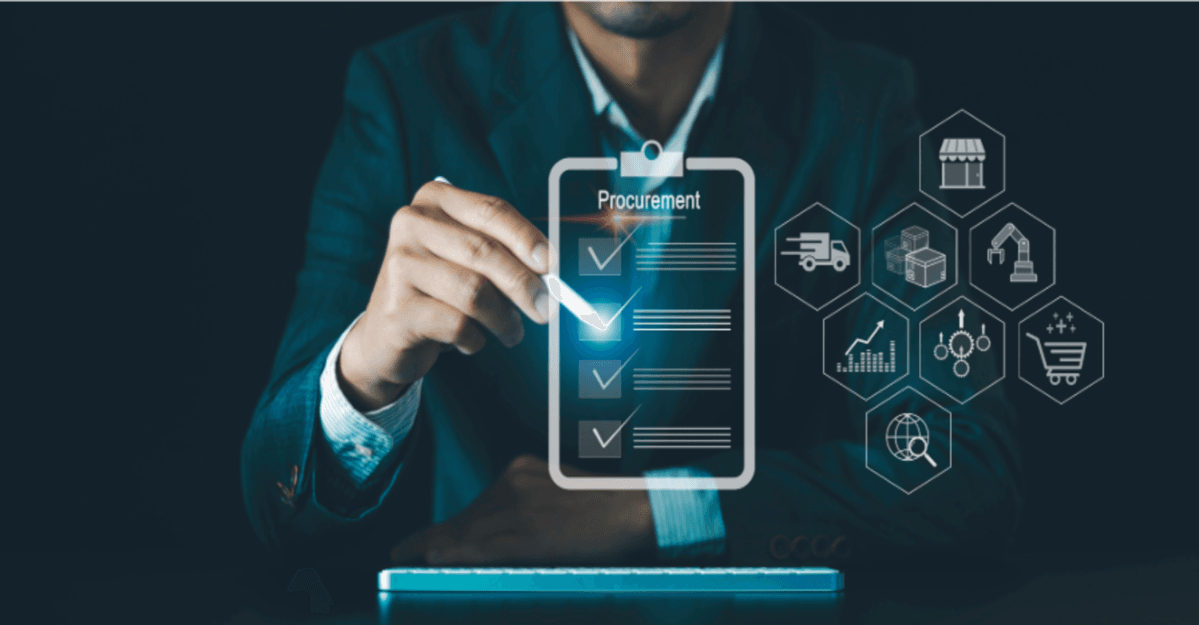3 min reading Mon Jan 23 2023
Five reasons why managing your attack surface is important

Cyber security is an increasingly important concern for organizations of all sizes. A successful attack can result in the loss of sensitive data, financial losses, reputational damage, and other consequences. Fortunately, there are steps that organizations can take to reduce the risk of a cyberattack and protect their sensitive data. One such step is leveraging attack surface management (ASM). ASM helps organizations identify and mitigate vulnerabilities in their systems and networks, enabling them to reduce the chances of a successful attack. In addition, it can help organizations comply with regulatory requirements and maintain customer trust. Let’s explore each of these advantages in greater detail.
1/ Reducing Risk Through Attack Surface Management
Attack surface management helps organizations map their digital footprint and identify and address potential vulnerabilities before they can be exploited by malicious actors. By actively monitoring their systems and networks for weaknesses, organizations can gain visibility into security gaps that must be addressed. This visibility enables them to proactively respond to threats rather than waiting for a breach or attack to happen before taking action.
2/ Meeting Regulatory Requirements
Many industries have specific regulations related to cyber security, such as the Payment Card Industry Data Security Standard (PCI DSS), DORA or the Directive on Security of Network and Information Systems (NIS and NIS2). Attack surface management helps organizations meet these requirements by ensuring that their systems are secure and compliant with applicable regulations. Organizations may use automated tools like vulnerability scanners or manual processes like penetration testing to assess their compliance status on an ongoing basis.
3/ Protecting Sensitive Data
Attack surface management helps protect sensitive data by identifying potential risks associated with its storage or transmission. For example, if a system contains confidential customer information but does not have adequate authentication measures in place, attackers could gain access to this data easily. By implementing proper authentication measures—such as two-factor authentication—organizations can reduce the risk of unauthorized access to sensitive data and minimize the chances of a successful attack. The protection of sensitive and personal data is also a regulatory requirement. GDPR imposes businesses and administrations to keep data safe.
4/ Maintaining Customer Trust
Customers trust organizations with their personal or company information, which makes it essential for businesses to protect this data from unauthorized access or misuse. Attack surface management helps ensure that sensitive data is adequately protected from any potential threats or vulnerabilities, reducing the risk of data breaches and protecting customer trust in an organization’s security practices. If customers feel confident that their information is safe with your organization, they’re more likely to continue doing business with you in the future.
5/ To Protect Your Organization’s Reputation
Cyber attacks can have serious consequences for an organization beyond just financial losses or stolen data; they can also damage its reputation with customers, partners, investors, and other stakeholders. A successful cyber attack will often make headlines in the media which could tarnish an organization’s brand image or cause customers to lose confidence in its products or services. Attack surface management helps prevent these types of incidents from occurring by eliminating potential vulnerabilities before they become exploited by malicious actors. This helps protect your organization's reputation while ensuring that customers continue to have faith in your services or products.
Conclusion
Attack surface management is an essential tool for keeping organizational systems secure and compliant with regulatory requirements while maintaining customer trust through adequate protection of sensitive data. Organizations should consider leveraging ASM in order to reduce the risk of a cyberattack and ensure that their systems are secure against potential threats or vulnerabilities. With the careful implementation of ASM techniques, potentially complemented with penetration tests, businesses can protect themselves from malicious actors while providing customers with peace of mind regarding their personal information.
Jimmy is the founder, CEO and CTO of Ceeyu. Prior to founding Ceeyu, Jimmy was responsible for cybersecurity programs at large financial institutions and consulting company EY. Jimmy started his career as a security engineer. His duties included installing and managing firewalls, scanning infrastructure for vulnerabilities, and performing pen testing and ethical hacking.



